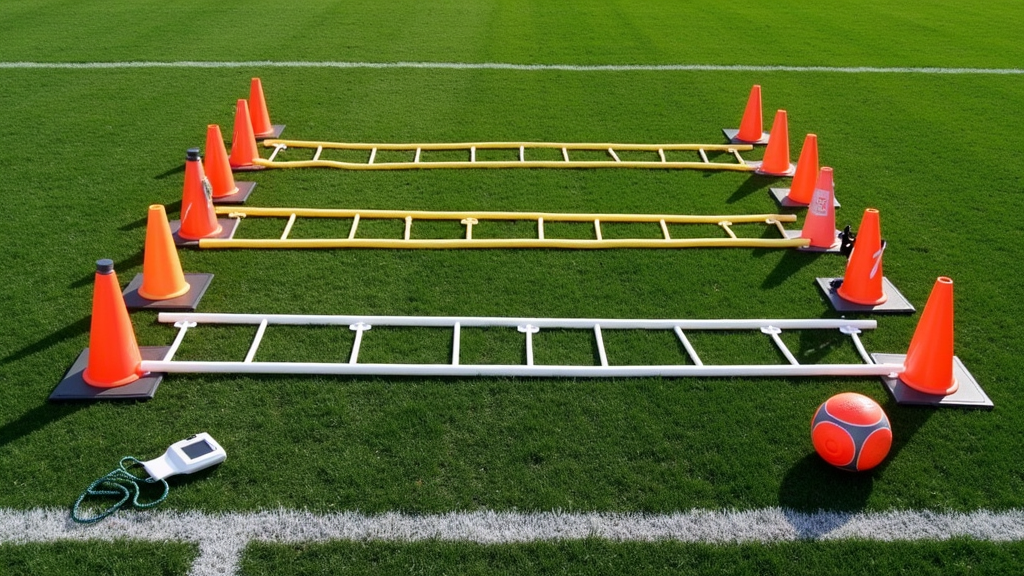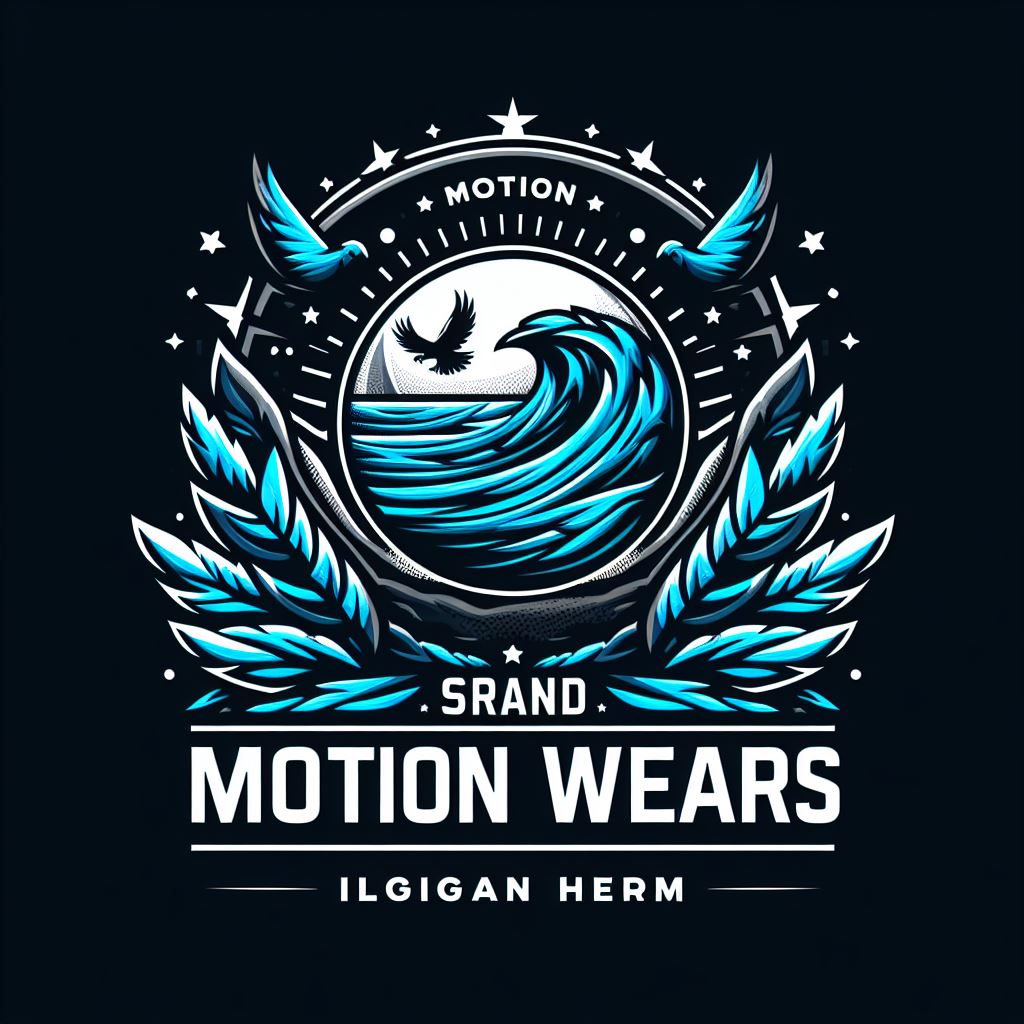 Trying out for a soccer team can be a nerve-wracking experience, but there’s one thing that’s always front and center: the fitness test. Coaches want to see players who aren’t just skilled with the ball but can also run, sprint, and keep up with the pace of a game that doesn’t stop moving. Soccer fitness tests at tryouts aren’t there to trip you up; think of them as your chance to show off all the work you’ve been putting in during practice and training.www.wealthyaffiliate.com?a_aid=a12e49d9
Trying out for a soccer team can be a nerve-wracking experience, but there’s one thing that’s always front and center: the fitness test. Coaches want to see players who aren’t just skilled with the ball but can also run, sprint, and keep up with the pace of a game that doesn’t stop moving. Soccer fitness tests at tryouts aren’t there to trip you up; think of them as your chance to show off all the work you’ve been putting in during practice and training.www.wealthyaffiliate.com?a_aid=a12e49d9
If you’re new to organized soccer or you’ve never been through tryouts, it can feel like you’re walking into the unknown. It helps to break down what these tests involve and how to prepare in a way that gives you a real shot at impressing the coaches. The good news is, being ready is totally doable if you know what to expect and put in focused work ahead of time.
This article covers the most common soccer fitness tests you might see at tryouts, how they’re measured, and some smart ways to get yourself ready, so you’ll step out onto the field feeling confident, prepared, and ready to run circles around the competition. Plus, you’ll get tips on everything from mentally prepping to simple strategies that set you up for success.
The Big Picture: What Soccer Fitness Tests Actually Assess
Fitness tests at soccer tryouts usually focus on a few main areas: aerobic endurance (how long you can run and keep going), speed, agility, and sometimes strength or jumping ability. Coaches use these tests to get a sense of your base fitness and how well you’ll keep up with the intensity of regular games and practices.
- Aerobic Endurance: Can you run up and down the field over and over?
- Speed: How fast can you break away or chase someone down?
- Agility: How quickly can you change direction when the play switches up?
- Strength/Power: How explosive are you when you jump or sprint?
Knowing what each test is for makes it easier to train and focus on areas that matter most for your game. Even if you’re naturally better in one area, giving attention to all of them will make you a more complete player and bump up your chances at making the squad. www.wealthyaffiliate.com?a_aid=a12e49d9
Common Soccer Fitness Tests at Tryouts
Here’s a breakdown of the tests that most soccer coaches use when making decisions at tryouts. You might face all of these, or just a few, depending on your team and level, but practicing each will give you the best shot at standing out. Some teams may get creative, but these standards show up everywhere from youth clubs to high school teams and beyond.
1. The Beep Test (YoYo or 20m Shuttle Run)
The beep test is famous (or maybe infamous!) in soccer circles. It measures your aerobic fitness by making you run back and forth between two lines in time with beeps that get quicker. It starts out slow but ramps up quickly, putting your stamina and mental toughness to the test.
- Why coaches use it: It simulates the stop-and-start nature of soccer games. Running until you just can’t match the beeps shows how long you can keep up with play under pressure.
- How to train: Include interval runs and build up your stamina. Try practicing the test itself, or do sets of sprinting 20 meters and walking back repeatedly. Mixing in longer runs for extra stamina helps, too.
2. 30 Meter Sprint
Speed wins games. The 30 meter sprint test checks how fast you are over a short distance, which is just what you need to get past defenders or chase down a through ball.
- Why coaches use it: Burst speed is key for both attackers and defenders. The test is quick but tells coaches a lot about your acceleration.
- How to train: Practice max effort sprints over 20 or 30 meters, with plenty of rest between each. Hill sprints, resistance runs, and jumping exercises help you get faster off the mark.
3. Agility Drills (T Test or Illinois Agility Test)
Soccer isn’t played in straight lines. The agility test tracks how quickly you can change direction, weave around cones, and stay balanced even when you’re moving at full tilt. Good footwork can make all the difference in side-to-side moves or quick backpedals.
- Why coaches use it: Good agility means you react faster than your opponent, pivot on defense, or lose a marker on offense. Both the T Test and Illinois Agility Test are used because they require sharp turns and quick bursts.
- How to train: Practice with cones or ladders, set up quick directionchange drills, and train your footwork. Balance and core exercises give a boost here as well.
4. Vertical Jump
Jumping ability is really important for headers, winning tackles, and just doing more with less effort. The vertical jump test is basic, but it shows your explosiveness in your legs and your ability to spring off the ground whenever needed. Winning that high ball can turn defense into offense in a split second.
- Why coaches use it: Jumping high can mean the difference between scoring (or stopping) a goal and just missing out. Even outside of set pieces, a strong leap is useful every match.
- How to train: Add box jumps, squats, and explosive exercises like tuckjumps into your routine to pump up your leg power.
Smart Preparation: How to Train for Soccer Fitness Tests
Start with a Plan
Random training isn’t going to cut it if you want to stand out during tryouts. A solid fitness plan mixes endurance runs, sprints, strength training, and short agility sessions each week. It’s better to be consistent than to burn yourself out. Set clear days for certain workouts and stick to them, swapping routines if needed, but always keeping the major fitness areas in rotation.
Sample Weekly Routine
- 2-3 days: Interval running or beep test practice
- 2 days: Sprint training and speed drills
- 2 days: Agility work with cones, ladders, or short direction changes
- 2 days: Strength and plyometric exercises (squats, jumpinglunges, pushups)
This kind of varied training keeps things fresh and helps build everything you need for tryouts, not just one area of fitness. Consistency pays off more than hard training just before tryout day.
It’s also smart to relate your training to real game situations. Short sprints after endurance work, sudden changes between drill types, and combining ball skills with fitness reps can give you an extra edge. Remember, soccer is about blending skills with athleticism since the two go hand in hand on the field.
Don’t Skip Rest and Recovery
Rest days and lighter workouts help keep you from picking up injuries right before your big day. Listen to your body; stretching, using foam rollers, and getting enough sleep are just as important as all the running and jumping. If you find yourself getting tired or sore, it’s better to ease up and let your body adapt. Recovery doesn’t mean doing nothing; it’s about preparing for stronger next sessions.
Hydration matters, too. Drink enough water every day, especially after workouts, so your body is ready when you need to perform at your peak.
Test Day Tips: What to Do Right Before the Tryout
- Eat right: Go for a light meal with carbs and some healthy protein a couple hours before the test. Avoid anything too heavy or greasy.
- Warm up well: Give yourself 15-20 minutes to jog, do dynamic stretches, and get your muscles moving. A good warmup can make a big difference in your results.
- Stay positive: Everyone is nervous. Focus on your own performance and stick with the routines you’ve practiced.
- Pace yourself: For the endurance tests like the beep test, don’t blow all your energy in the early rounds. Steady breathing and a strong finish go a long way.
- Have your gear ready: Comfortable shoes, water, and maybe your lucky socks—make sure everything’s set before you arrive so you can put your brain on the game instead of scrambling at the last minute.
What Coaches Are Really Looking For
Coaches are usually less concerned with perfect scores and more interested in your effort and attitude. Showing that you push through when things get tough, hustle to the very end, and encourage your teammates gives them a reason to pick you, even if you aren’t the fastest or the best jumper there.
- Stay focused, even if you’re tired.
- Don’t give up after a tough run; get back in line and be ready for the next drill.
- Be supportive to other players. Teams are built on good attitudes as much as good feet.
- Show that you take instructions seriously and are willing to learn or adjust on the fly—that’s huge for coaches during competitive tryouts.
Putting It All Together
Soccer fitness tests can feel intimidating, but they’re totally manageable with the right preparation. Consistent training, good planning, and a positive mindset help you turn tryout nerves into a real confidence boost.
The more you break down the individual tests and make them part of your everyday workouts, the less surprised you’ll be when it’s time to show what you can do. No matter your starting level, improvements come with steady practice and real effort to build both fitness and mental toughness. Remember to enjoy the process; trying out is a chance to learn and get better, not just to impress. Good luck at your tryouts—bring your energy, give your best, and remember why you love the game!
We like you to leave comments below or tell us about your experiences?
